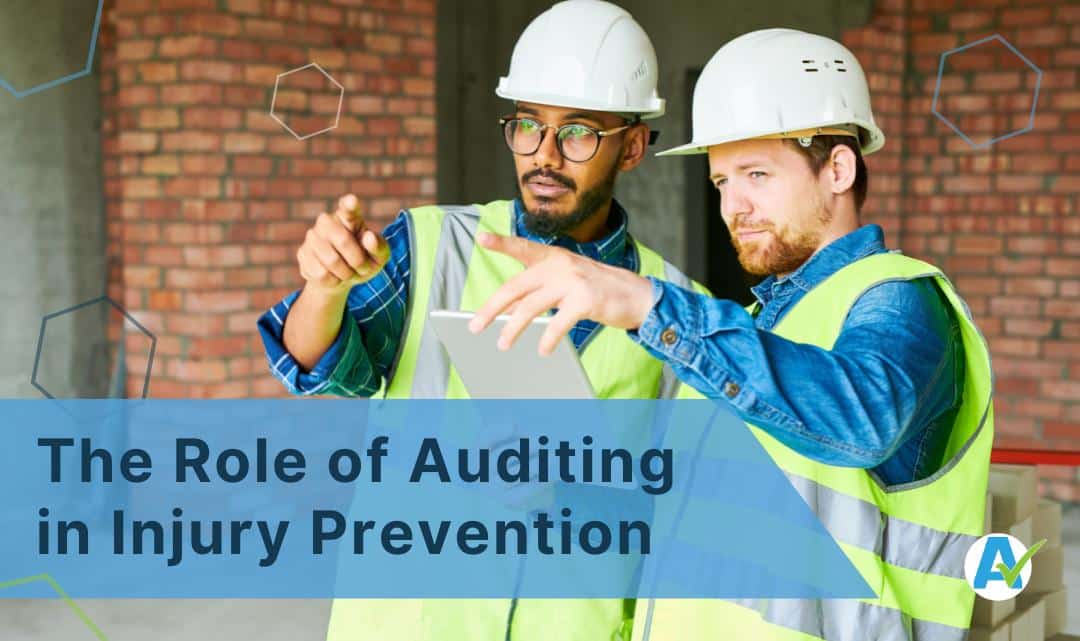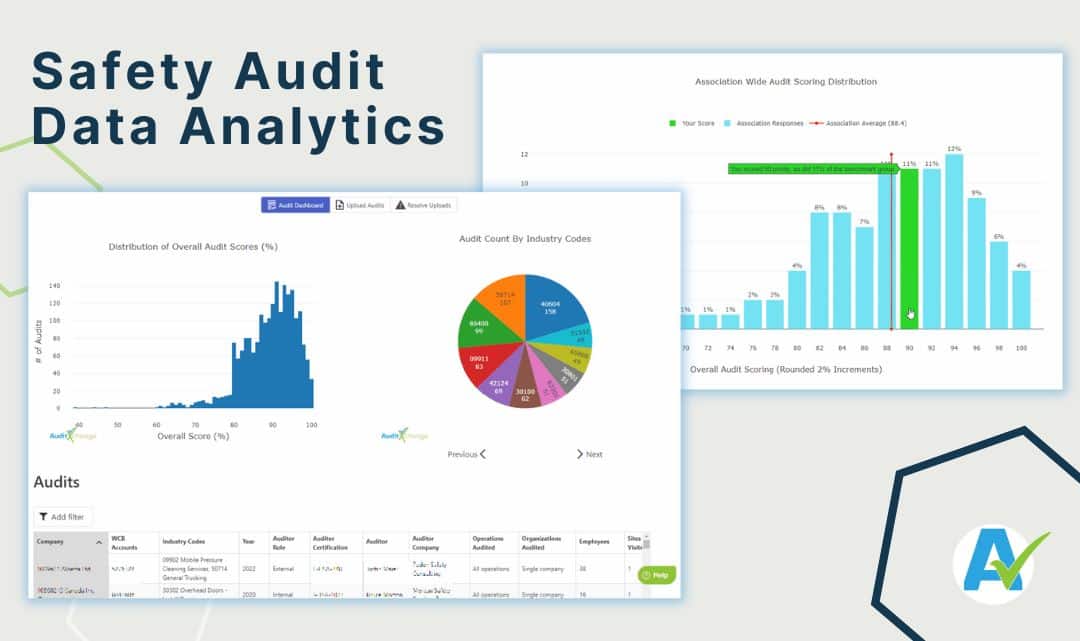
National Injury Prevention Day, observed on July 5, 2023, helps shine a spotlight on the importance of workplace safety. Now in its seventh year, the annual event established by Parachute emphasizes the consequences of not being proactive about preventing injuries.

Occupational Health and Safety system auditing is crucial in injury prevention, making it highly relevant for National Injury Prevention Day. Auditing provides a systematic and comprehensive assessment of an organization’s Occupational Health and Safety practices, procedures, and compliance with regulatory standards. It helps identify improvement areas, ensures safety measures’ effectiveness, and enhances overall safety performance.
One of the first things an audit will provide an organization concerning its Occupational Health and Safety management system is its weaknesses and vulnerabilities. By thoroughly examining processes, procedures, and controls, auditors can pinpoint areas that require improvement and recommend corrective actions. This proactive approach enables organizations to address safety gaps and reduce the risk of injuries before they occur.
The Certificate of Recognition (COR) is a leading safety program that requires an external Occupational Health and Safety management system audit for certification. COR has been proven effective in preventing injuries. A recent study found that COR™-certified firms in Ontario experienced a 28% reduction in lost-time injury rate and a 20% reduction in high-impact injury rate when compared to non COR™-certified firms of a similar size in the same sector. Learn more about COR.
Beyond identifying vulnerabilities, auditing helps organizations ensure compliance with applicable health and safety regulations, industry standards (like COR), and internal policies. Organizations can meet legal requirements and maintain a safe work environment by conducting regular audits, which is crucial for avoiding penalties, fines, legal liabilities, and reputational damage.
In some provinces, employers with COR may also qualify for lower WCB premiums and be eligible for premium rebates of up to 20%. Learn more about the benefits of COR certification.
Auditing provides a comprehensive assessment of an organization’s safety performance. It helps measure the effectiveness of existing safety programs, policies, and training initiatives. Auditors can evaluate the organization’s safety culture by reviewing incident data, near misses, and hazard identification records. This information allows organizations to set targets, track progress, and continuously enhance their safety performance.
Auditing supports effective risk management by identifying and assessing potential hazards and risks. Through auditing, organizations can evaluate control measures, emergency response procedures, and the adequacy of safety equipment to proactively address risks, implement preventive measures, and minimize the likelihood of accidents and injuries.
Audits promote a culture of continuous improvement in Occupational Health and Safety. By conducting regular audits, organizations can monitor the effectiveness of implemented safety measures and identify opportunities for enhancement. Auditing also encourages employee feedback, fostering a sense of ownership and engagement in the safety process. Through the audit findings, organizations can develop action plans, set goals, and strive for higher safety standards.

AuditSoft’s audit data analytics powers continuous improvement by enabling peer-to-peer comparison and providing intelligent recommendations based on industry benchmarks.
Building trust and accountability by independent auditing provides assurance of an organization’s commitment to safety and responsibility to employees, stakeholders, and regulatory bodies that they are actively managing risks, maintaining compliance, and prioritizing the well-being of their workforce. This builds trust, enhances reputation, and fosters a positive safety culture internally and externally.
On a day dedicated to injury prevention, it’s important to note how Occupational Health and Safety system auditing matters because it ensures compliance, identifies vulnerabilities, evaluates safety performance, enhances risk management, drives continuous improvement, and builds trust. By conducting audits, organizations can proactively prevent injuries, create safer work environments, and demonstrate their commitment to protecting their employees’ health and well-being, an essential step toward celebrating National Injury Prevention Day throughout the year. By continuously striving for excellence in workplace safety, we can ensure everyone goes to work knowing they are protected and can return home safely each day.
Let us celebrate this day and commit to building a safer and healthier future for all.
The leading safety and compliance auditing and data analytics software.